When it comes to recording guitar, preference plays a big part. Different playing styles and genres require different approaches. But generally speaking, there are a few universal considerations. In this article, we’ll be exploring some of the following points – click the links to jump to each section:
- Essential guitar recording gear
- Hardware vs plugins
- How to mic a guitar amp
- Best way to mic an acoustic guitar
- How to record bass guitar
- The best audio interfaces for recording guitar
Without further ado, let’s begin…
Essential guitar recording gear
We’ll be going into more detail about the different ways of recording your guitar later on. For now, here’s a list of some of the gear that you might need, depending on the method that works for you:
- An audio interface with at least 1 or 2 inputs
- For electric guitar, a dynamic, condenser or ribbon mic depending on preference
- To record an acoustic guitar, a condenser microphone of some kind
- For bass guitar, a DI box or bass preamp pedal
- A DAW like Logic Pro, Ableton or Pro Tools
- Guitar plugins for your DAW of choice
- Studio monitors or studio headphones
- A guitar amp attenuator for low-volume recording
(above: an audio interface is arguably the most crucial element in your guitar recording setup!)
Hardware vs plugins for recording guitar
There’s so much to talk about on this topic that we’ve written a whole darn article on it. Ultimately, it boils down to the fact that plugins are so good nowadays, many guitarists have thrown in the hardware towel. Ok, perhaps that’s a little dramatic – but plugins are a genuinely viable option for quality guitar recording.
Having said that, there’s a certain magic to recording a cranked amp or using your own pedals to craft your sound. There’s far more to it, but there’s an undeniable sense of satisfaction. Let’s delve into the main differences between recording with hardware vs plugins.
What are the best guitar plugins for recording?
Guitar plugins essentially offer amp sounds, effects and other mixing tools in software form. They’re most often used in the context of a DAW (digital audio workstation), as a kind of add-on that you can apply to any audio track.
There are loads on the market these days, each covering a different price point and having different options available. Here’s a selection of some of the most popular:
- Native Instruments Guitar Rig
- IK Multimedia Amplitube
- Positive Grid Bias
- Logic Pro X Amp Designer
For more info on these options, check out the article we mentioned earlier: Are Guitar Plugins Better than Amps for Recording?
Recording with a modelling amp
A modelling amp treads the line between plugin and full-blown amp. It comes in hardware form, either an amplifier complete with speaker and controls, or a practical desktop/stompbox format.
The term ‘modelling’ refers to the ability to reproduce sought-after sounds with ease. Classic amps, timeless effects, signature artist presets – the works.
On the one hand, you can easily pick up an affordable modelling amp like the Boss Katana or Fender Mustang, which offer a concise but handy selection of sounds. At the other end of the spectrum, units like the Neural DSP Quad Cortex, Line 6 Helix, and Kemper Profiling Amp offer an under-the-hood approach. You can emulate a never-ending number of amps, effects, cabinets, rooms, microphones and more. This in-depth type of amp modelling can be intimidating, but it’s undeniably powerful and versatile.
Many modelling amps are pretty much recording-ready out of the box. This could include direct outputs to your audio interface, built-in cab simulation, even direct USB audio connectivity (negating the need for an audio interface). This makes modelling amps a practical, versatile solution for home recording and practice.




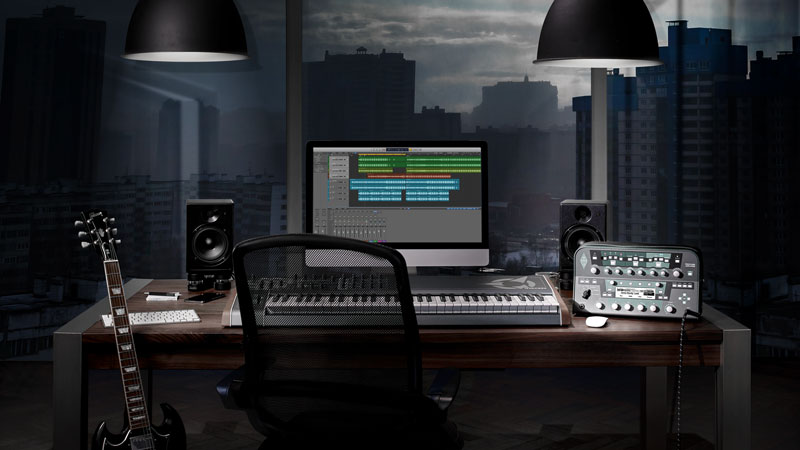

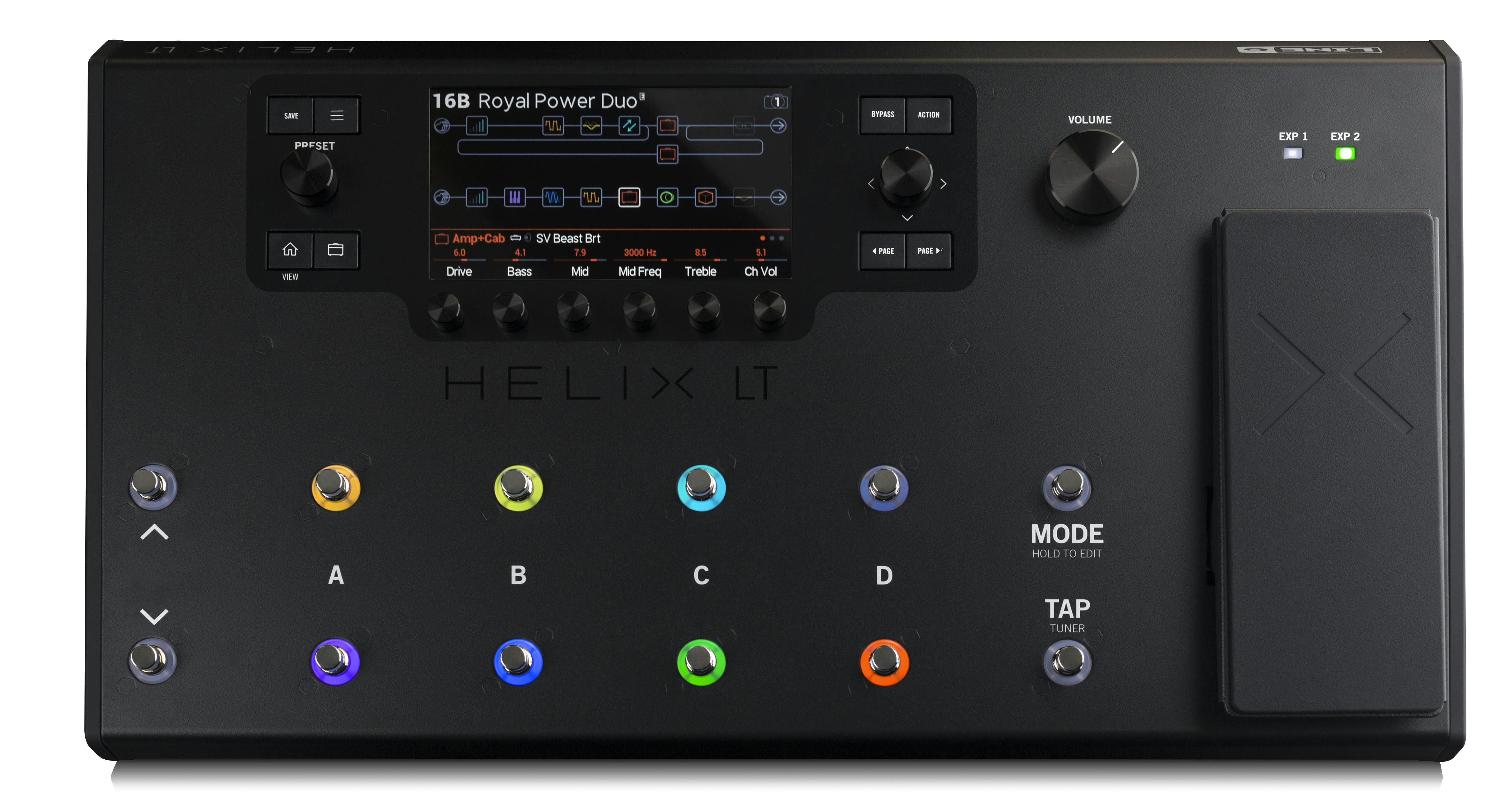
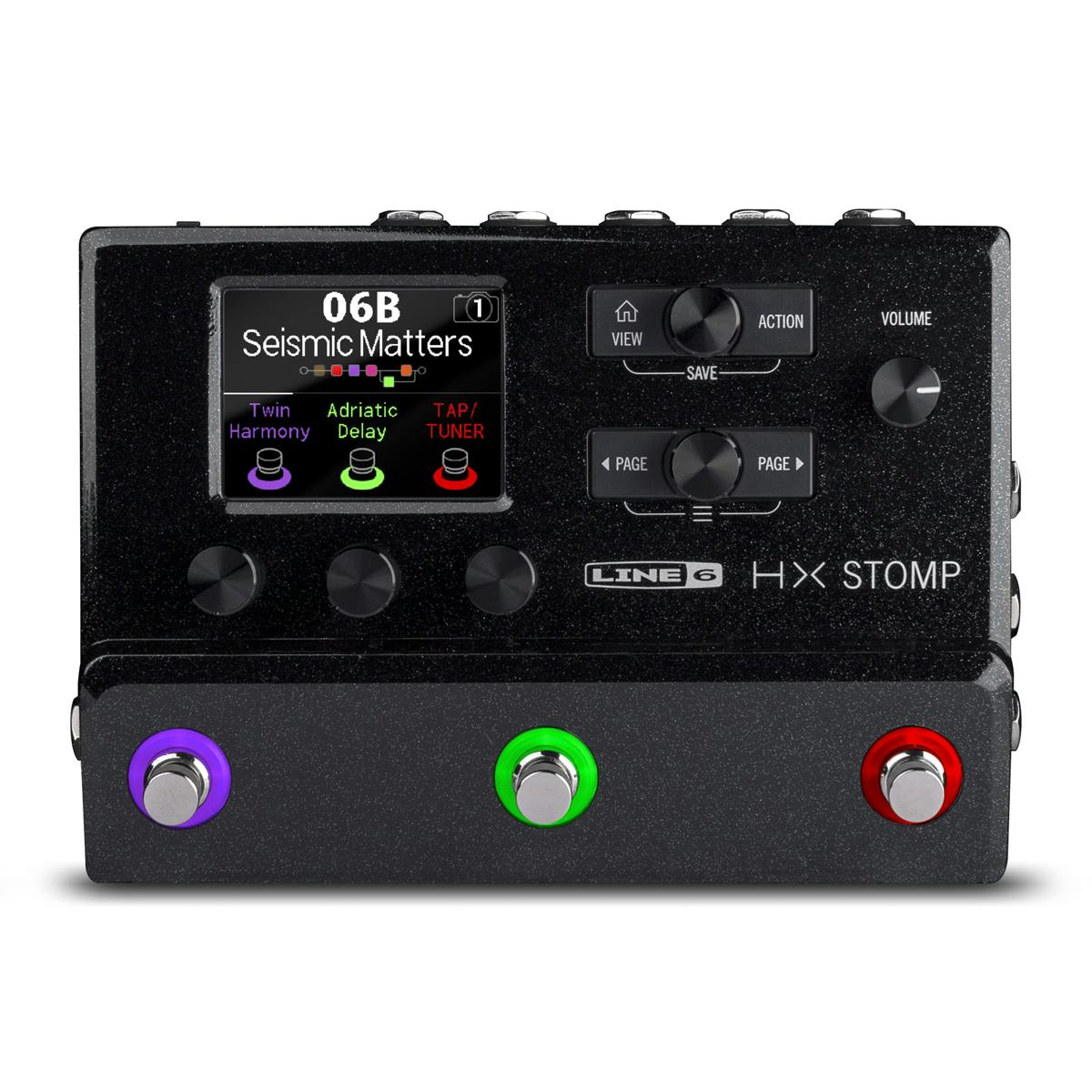

.png?w=400&h=400&&fit=fill&bg=FFFFFF)



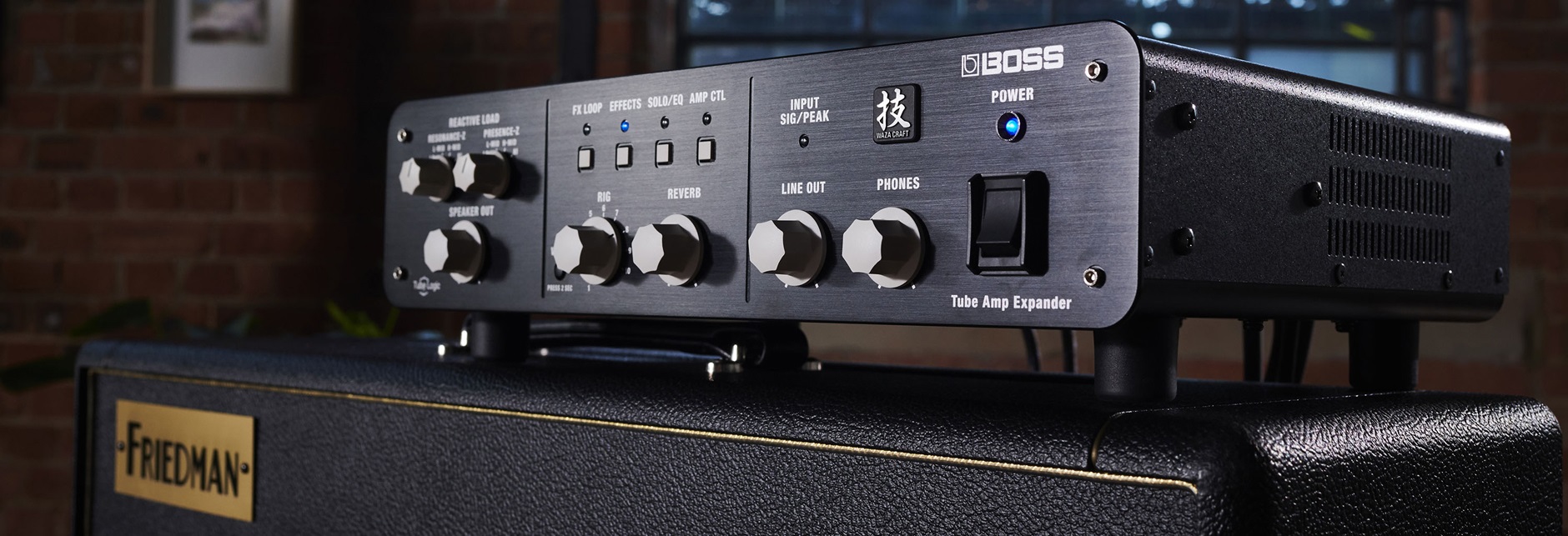


























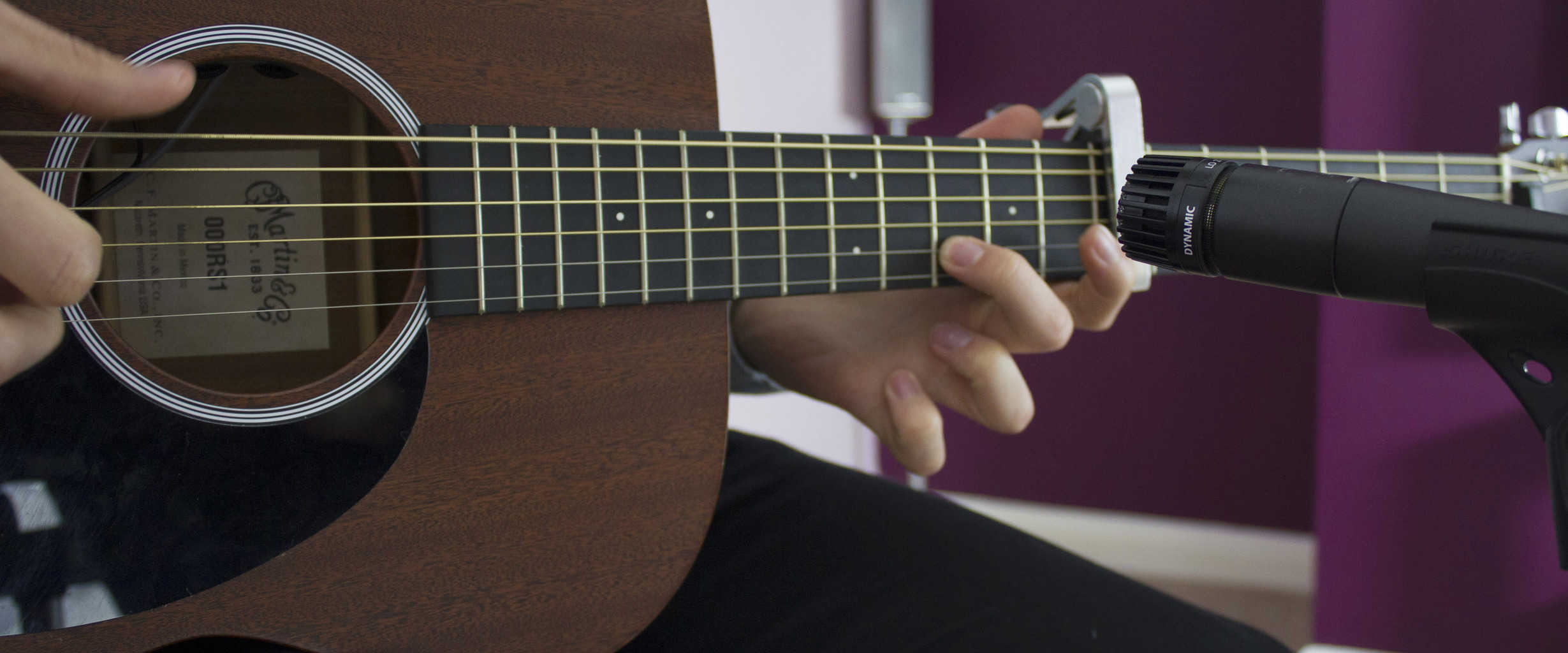














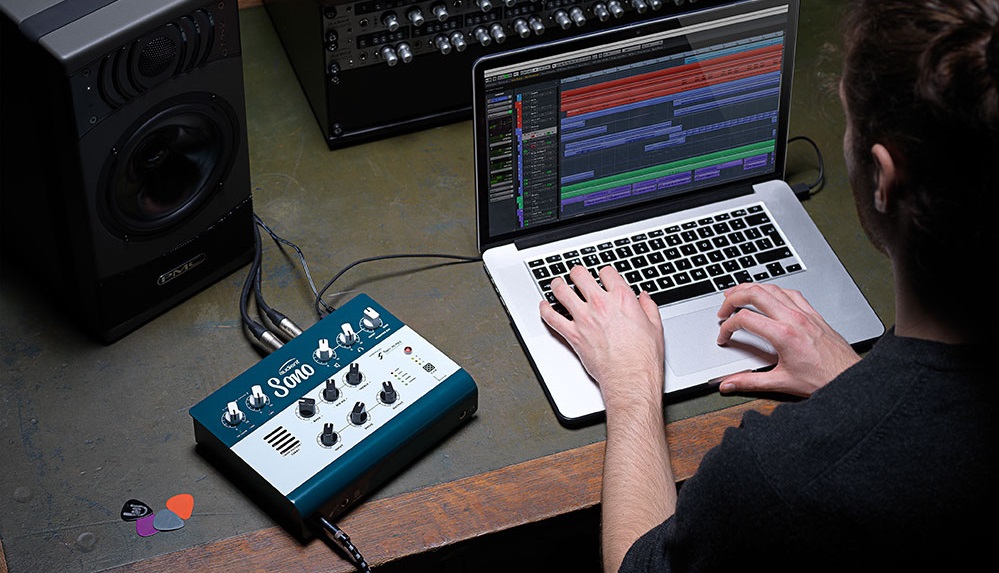
Responses & Questions